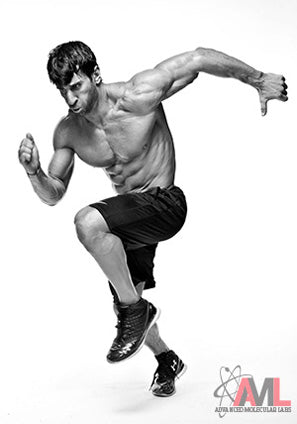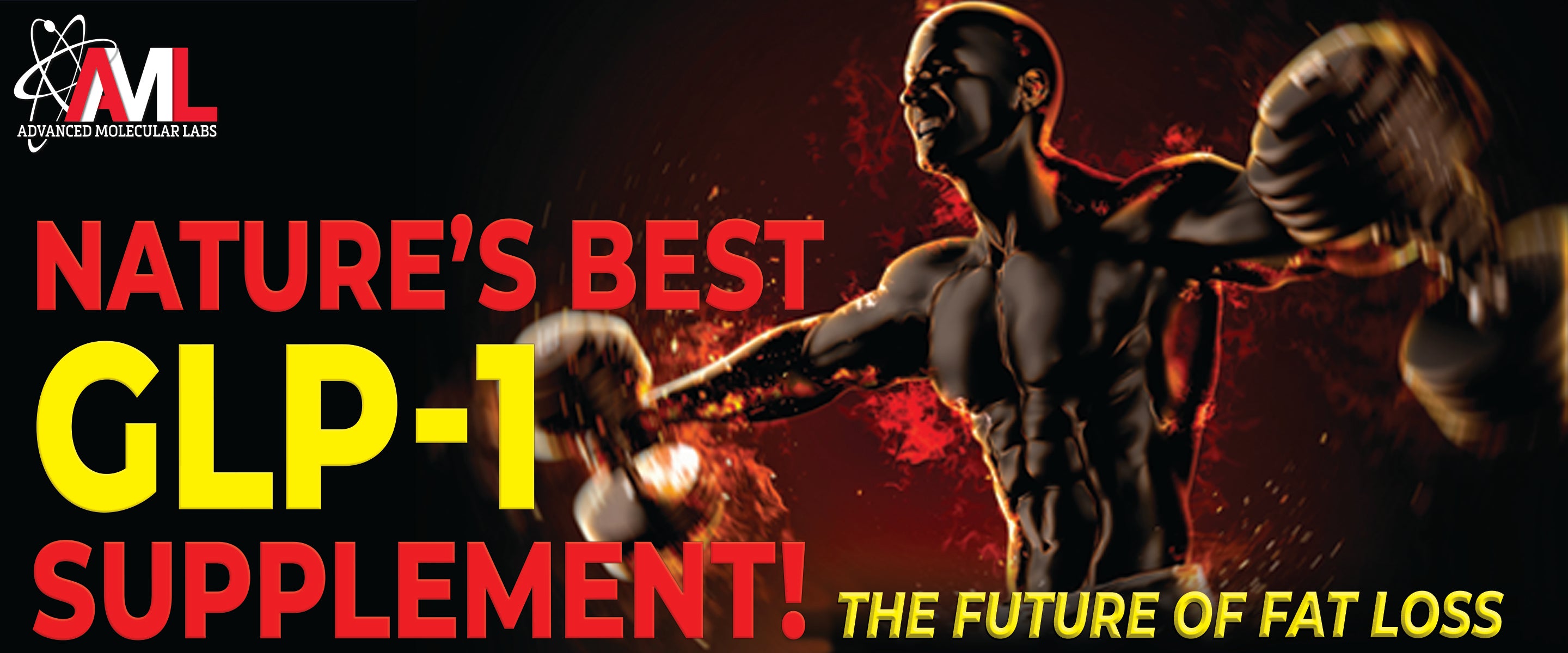I could sit here and bore you with a textbook definition of high-intensity interval training (HIIT WORKOUTS) and equally boring citations of data. However if you are anything like me you would flip the page before I finish this sentence.
 In short, HIIT training is a series of short bursts of maximum intensity followed by a short period of recovery. I have seen countless magazines and fitness professionals post supposed HIIT workouts when in reality it is not HIIT, it is more MIIT (moderate-intensity interval training). Yes, I made that word up. The key words here are MAXIMUM INTENSITY, a concept that seems to be foreign to even the most respected fitness professionals out there today. HIIT training IS pulling or pushing a sled at maximum intensity for eight to 10 seconds followed by a 25- to 30-second rest period. HIIT training is NOT running on a treadmill for 45 seconds then resting for 90 seconds.
In short, HIIT training is a series of short bursts of maximum intensity followed by a short period of recovery. I have seen countless magazines and fitness professionals post supposed HIIT workouts when in reality it is not HIIT, it is more MIIT (moderate-intensity interval training). Yes, I made that word up. The key words here are MAXIMUM INTENSITY, a concept that seems to be foreign to even the most respected fitness professionals out there today. HIIT training IS pulling or pushing a sled at maximum intensity for eight to 10 seconds followed by a 25- to 30-second rest period. HIIT training is NOT running on a treadmill for 45 seconds then resting for 90 seconds.
Allow me to give you an example so you can better understand the theme of maximum intensity. Usain Bolt is unequivocally the world’s fastest man, holding both the world records in the 100-meter and 200-meter dash. Usain Bolt has openly talked about the strategy used in sprinting, and anyone who thinks it is just an all-out sprint, especially in the 200 meters, is dead wrong. He says that even at his best conditioning, he can hit a maximum speed after about four seconds and maintain for at MOST another six to eight seconds before he begins to tire. Now if the world’s fastest man tires out at 12 seconds at maximum intensity, why do we surmise our supposed maximum intensity can last for 20-plus seconds? The answer is a lack of fundamental understanding of what maximum intensity is and how much energy you must exert. I can grab any guy in the gym and we can go sprint on a treadmill at 15 mph. Now that 15 mph may be at the top end of his speed, he may need to exert 95 percent of his maximum intensity to achieve the desired speed in our sprint. This is great and exactly the concept you want to embrace. Now, let’s say my top speed is around 20 mph, well I would be drastically underestimating my maximum intensity running at 15 mph.
The point of all of this is don’t go by someone else’s book of what maximum intensity should be, and don’t define it by some arbitrary speed limit set on a treadmill. It does not matter if you are 20 years old or 50 years old. We all have our own level of maximum intensity. You simply push your body to that limit for the short period of time as discussed above, then recover in a period of two to three times of the max interval just performed.
Why HIIT Workouts Became Popular
 Now that we understand what it is, and how to perform it correctly, let’s try to understand why it is such a hot topic. In my opinion, HIIT became the buzzword of 2013 for the three following reasons. 1) HIIT workouts/cardio have been shown to burn more calories and create more fat loss than regular LISS cardio (low-intensity steady state). It is no secret that the majority of the top bodybuilders in the world are now doing 10 to 12 minutes of a HIIT cardio workout each day when prepping for a show versus the hour they used to do in the past. Science has replaced bro science, plain and simple. 2) HIIT training has been shown to increase metabolic rate, which is the foundation for losing body fat. More and more data is showing that low-calorie diets combined with excess LISS cardio actually decrease metabolic capacity— the technical term is metabolic adaptation aka metabolic damage. 3) The body begins to adapt to traditional cardio in about seven to 10 days and the fat-burning component starts to become compromised. There is not one shred of empirical evidence that shows the body adapts to HIIT training and this is why HIIT is a better tool for fat loss and maintaining lean muscle mass.
Now that we understand what it is, and how to perform it correctly, let’s try to understand why it is such a hot topic. In my opinion, HIIT became the buzzword of 2013 for the three following reasons. 1) HIIT workouts/cardio have been shown to burn more calories and create more fat loss than regular LISS cardio (low-intensity steady state). It is no secret that the majority of the top bodybuilders in the world are now doing 10 to 12 minutes of a HIIT cardio workout each day when prepping for a show versus the hour they used to do in the past. Science has replaced bro science, plain and simple. 2) HIIT training has been shown to increase metabolic rate, which is the foundation for losing body fat. More and more data is showing that low-calorie diets combined with excess LISS cardio actually decrease metabolic capacity— the technical term is metabolic adaptation aka metabolic damage. 3) The body begins to adapt to traditional cardio in about seven to 10 days and the fat-burning component starts to become compromised. There is not one shred of empirical evidence that shows the body adapts to HIIT training and this is why HIIT is a better tool for fat loss and maintaining lean muscle mass.
Our world today is as hectic as ever with the immediate transference of information. We are constantly on the go, tied to our cell phones, iPads, etc. Gone are the days of having two hours free in the gym to train. Knowing this, it is just not realistic to try to carve out two hours each day to fit in an hour of lifting and an hour of cardio. It is much more feasible to remove that hour of traditional cardio and replace it with 12 to 15 minutes of a HIIT cardio workout, especially when the benefits of HIIT will long surpass the traditional methods and move us closer to our goals. You can find a HIIT cardio workout or even a HIIT sprint workout online if you need a guide as a reference.
Controlled Maximum Intensity
As a former NFL player, you could call me biased in my opinion, but it is pretty difficult to argue that NFL football players are not the finest athletes on the planet. There is no group of competitors anywhere who can match their size, strength, speed, explosion and agility. We’re talking about men like Vernon Davis of the 49ers who can bench press 500-plus pounds, squat 600-plus and run a 4.38 40-yard dash at 255 pounds and 6 percent body fat. Then there’s Adrian Peterson, who benches 450-plus, squats 550-plus and runs a 4.2 40-yard dash at 235 pounds with God only knows how little body fat. I could go on and on naming the freaks of the NFL. The point is that the one and only type of cardiovascular work NFL players do is HIIT training.
 When the goal is to maximize fat loss, while maintaining or gaining lean muscle and working to increase peak performance, HIIT is the wave of the future. It is a science of CONTROLLED MAXIMUM INTENSITY. From my personal standpoint, I am able to maintain a lean body mass of 240 pounds at 5 to 6 percent body fat year round on the single fact that the only cardio I do is HIIT work. I do not count or cut calories; I eat sensibly and train all out, end of story. I am an athlete, not a men’s Figure competitor. I am not interested in a fluctuating bodyweight and body fat. I am far too busy to go to the gym twice a day and waste an hour walking on a treadmill.
When the goal is to maximize fat loss, while maintaining or gaining lean muscle and working to increase peak performance, HIIT is the wave of the future. It is a science of CONTROLLED MAXIMUM INTENSITY. From my personal standpoint, I am able to maintain a lean body mass of 240 pounds at 5 to 6 percent body fat year round on the single fact that the only cardio I do is HIIT work. I do not count or cut calories; I eat sensibly and train all out, end of story. I am an athlete, not a men’s Figure competitor. I am not interested in a fluctuating bodyweight and body fat. I am far too busy to go to the gym twice a day and waste an hour walking on a treadmill.
HIIT is not for everyone, and it might not be for you (a HIIT cardio workout or a HIIT sprint workout can be intense). However if you are still reading, then you might have enough balls to put on your big boy pants and take your training to a new level— to recreate the once meager limits you had set upon yourself and truly step out of your comfort zone and start living, rather than dying a slow death. You only get one shot at this life; make it count! No excuses, no regrets!
THE HIIT CARDIO WORKOUT ROUTINES
Here are my top 10 indoor/outdoor HIIT workouts (intermediate and advanced) from www.JoeDonnellyfitness.com.
1. INDOOR HIIT TRAINING
Group 1:
| Exercise | Reps |
| Jumping Jacks | 25 |
| Standing Squats | 25 |
| High Knees Standing in Place | 25 |
| (4 sets, no rest) | |
Group 2:
| Exercise | Reps |
| Fast Jump Rope | 45 seconds |
| Drop to floor and do crunches | 25 |
| Roll over and do push-ups | 20 |
| (5 sets) | |
Group 3:
| Exercise | Reps |
| Burpees | 20 |
| Walking lunge | 40-feet |
| On all fours, do mountain climbers | 25 |
| (4 sets) | |
2. STEPMILL/STAIRMASTER HIIT CARDIO WORKOUT
- 2 minute warm-up at level 5
- 1 minute level 10
- 30 seconds level 7
- 1 minute level 11
- 30 seconds level 8
- 1 minute level 13
- 30 seconds level 9
- 1 minute level 14
- 30 seconds level 10
- 30 seconds level 15
- 1 minute level 10
- 30 seconds level 14
- 1 minute level 9
- 30 seconds level 13
- 1 minute level 8
- 30 seconds level 12
- 1 minute level 7
- 30 seconds level 11
- 3 minute cool-down level 5
3. Indoor Improvised HIIT workout
Rowing machine
- 3 minute 50 percent row for warm-up
- 1 minute maximum intensity, one minute moderate
- 2 minute max, 2 minute moderate
- 1 minute max, 90 seconds moderate
- 90 seconds max, 1 minute moderate
4. INDOOR HIIT
- With jump rope, do double spins (2 spins per jump) for 12 to 15 seconds, then single spin per jump for 45 seconds for 10 reps.
- Plate or sled pushes. Lay a 45-pound plate flat on ground. Place hands on plate, have a sprinter stance with ass in the air, and drive the plate 2.5 feet, spin around and come back (45-second rest, 8 reps).
Do this in completion 3 times through.
5. INDOOR HIIT (DEADMILL SPRINTS)
Treadmill turned off, use handle bars to brace yourself with head down and back flat. Sprint as hard as you can using leg drive to manually move the treadmill belt for 15 to 20 seconds. Rest 30 seconds. This is one rep. (20 reps.)
6. OUTDOOR HIIT/SPRINT WORKOUT`
- 25 sets of bleacher walks/runs (active warm-up)
- 12 x 100 yard sprints (45 seconds rest between sprints)
- 10 x 75 yard sprints (30 seconds rest between sprints)
- 10 x 50 yard sprints (15 seconds between sprints)
- Lunge 15 yards, then jog to midfield. Lunge 15 more, jog to other end line. This is one rep. Repeat for a total of 6 reps.
- 50 sets of bleacher walk/runs (cool-down)
7. OUTDOOR HIIT/SPRINT WORKOUT
- 30 sets of bleacher walks/runs. Skipping a step, try to jog last half when you break a sweat (active warm-up).
- Start by lying on back, legs straight in the air, and touch toes for 20 reps, contracting abdominals each time. Then sprint across the width of the field and back. This is all one rep. 10 reps total.
- Still running the width of the field, add your choice of 20 mountain climbers on all fours, or 30 standing squats. Then run across and back. 10 reps total.
- On the goal line, run the length of the football field and back. Total of 200 yards. One-minute rest and a total of 6 reps.
- Cool down with 50 sets of bleacher runs/walks.
8. OUTDOOR HIIT/SPRINT WORKOUT
- 10 x 40-yard sprints. (Sprint 80%, jog back at 40%) The jog back is your rest.
- Hill sprints (40-50 yards in length, steepest incline you can find, sprint at max effort, walk down), 20 reps. As you get more fatigued, your speed will decrease. Remember, it’s not about speed; it’s about MAX effort on each rep.
- 20 x 25-yard sprints. Rapid fire. These are shorter sprints, so 15 seconds rest max between reps.
- 4 x 200-yard gassers. Sprint 100 yards, touch the line, then return. Two minutes rest between gassers.
9. OUTDOOR SPRINT HIIT WORKOUT
- 30 sets of bleachers (stairs) for warm-up (run up, run down).
- 15 push-ups, sprint 40 yards (10 sets, no rest).
- 30 mountain climbers, sprint 20 yards, touch the line, sprint back (8 reps, no rest).
- 50 standing squats, lunge 25 yards, jog 50 yards (8 sets). The jog is your rest.
- 20 leg lifts with hip thrust, sprint 50 yards, slow jog back (8 reps, the slow jog is the rest).
- 90-second plank, sprint 100 yards (the plank is your rest, 6 reps).
10. OUTDOOR SPRINT/HIIT WORKOUT
1st quarter
- On the steepest hill you can find, about 30-40 yards in length, do max sprint (6-9 seconds) slow jog down (20 seconds, this is your rest period). Do a total of 10 continuous reps and 4 sets. No rest other than slow jog down. 10 reps equals 1 set.
- 45-second break after each set of 10 reps. So 4×10=40 sets of hills!
2nd Quarter
- 16 x 100-yard sprints, 30 seconds rest between each rep (no jog back, stand tall and breathe deep).
3rd Quarter
- 50-yard shuttle runs (sprint 25 yards, sprint back). This is one rep. 10 seconds rest, 10 reps.
- 30-yard shuttle runs, (sprint 15 yards, sprint back). This is one rep. 10 seconds between reps, 10 reps.
4th quarter
- Sprint to top of hill, sprint down, sprint back to top, sprint down. This is one rep.
- 25 seconds rest between reps, 10 reps








